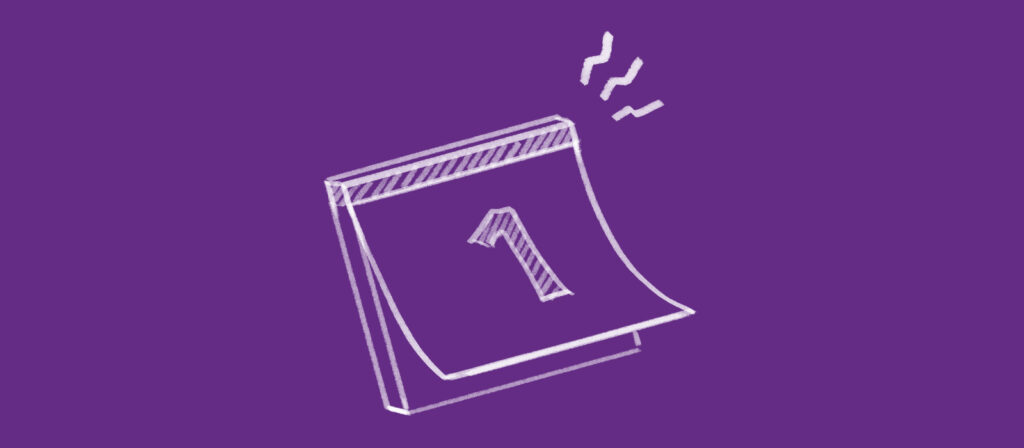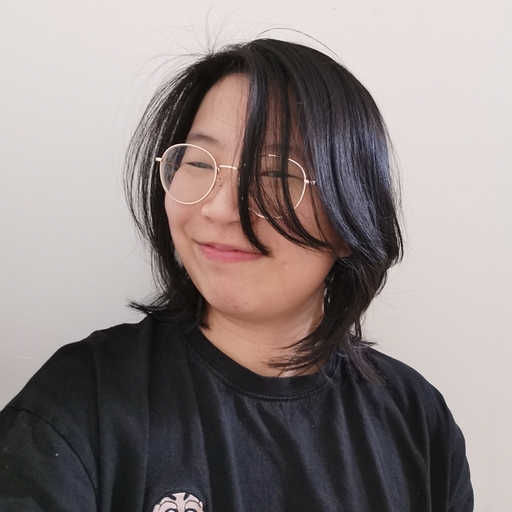As a small game studio, it might be difficult to allocate sufficient time and love to marketing your projects and your studio as a business entity on social media. This is especially the case if your studio consists purely of time poor developers! Getting socials to deliver value is a tricky process, especially in this age where our attention spans are getting shorter by the day.
To help you out, here’s a little insight to how we go about using socials to promote our games, connect with the wider gaming community, and support fellow game devs!

Setting goals
The plethora of generic marketing resources online will tell you this is the most important step, and it is! Without setting clear marketing goals to your studio’s use of social media, you run the risk of using socials for the sake of it. Creating content takes time and that’s precious.
So what kind of goals do you have for using social media? This will differ from studio to studio, but a good starting point is identifying what your studio cares most about. For us, our values involve the following:
- We want to support and uplift fellow game devs.
- We want players to have good games to play.
- We want our studio culture to be exemplary.
Consider your audiences too! Who are we reaching through our socials? Game developers, students, potential clients, gamers… It pays to make a small table of audience profiles and make hypotheses about what they’d be interested in and where we could reach them.

From there, you should be able to form more tangible goals. What we hope socials will do for us is:
- Attract talent to our studio.
- Act as a touchpoint for those interested in the work we do.
- Have people play our new games of course!
Setting these goals helps hone down what we would and wouldn’t post on our socials. Keep things relevant!
Content Pillars
Once you’ve set a couple of goals revolving around your studio’s values, the next step is planning how to achieve them tactically. This means researching into what types of content work best, what medium they should be delivered in, and where and when to post them.
By type of content, what we mean is content pillars! These address each aspect of the goals we’ve outlined and are sorted by theme or topics. For example, to attract game developers to our studio, relevant content pillars (or campaigns) would be game dev resources, behind-the-scenes processes, and updates about the team’s work culture. You’ll likely find that these pillars serve the different audiences in your list of goals, so it pays to table everything to keep things organised!

The reason why we use pillars instead of medium specific (Photo, video, gif) is because it helps paint a better picture or direction for the type of social content you want to create, all whilst keeping things purposeful! In game dev, you have so many things you could promote, from screenshots to animated sprites to press statements. Grouping them by theme make ideation more manageable.
Next step: Strategy
After establishing the content pillars, dive into detail about where and how they should be delivered. Here’s a laundry list of things to think about:
- Platforms: Based on your audience profiles, which content pillars are most relevant on Facebook? Should behind-the-scenes footage go on Linkedin?
- Medium: Most marketing blogs will tell you video content is king, but that may not always be true! It pays to test if content that’s easier to produce (Eg. Screenshots, existing pre-prod work, gifs of gameplay footage) work better for your studio. That way you don’t spend precious hours on video editing!
- Frequency/Ratio of content: You might find that you want specific platforms to have more or less of one content pillar according to your goals. How often you post should also be informed by testing!

By planning all this, you should arrive at a simple and actionable plan for your socials strategy. Here’s a peek at ours, adjusted accordingly when we get more data about how each campaign does biweekly:

Phew, that’s a lot of stuff we’ve covered. Hopefully this was helpful with helping you consider how you use socials for your studio!
Next up: Okay, so how do we create social content practically and sustainably?
We hope you enjoyed reading this! Have a question or want to chat more about game development? Reach out to us!
Other places you can find us:
- Our other game development resources
- Join our Discord server


Pingback: Using Socials for Indie Game Studios Pt 2: Process | No Moss Studios
Pingback: Using Socials for Indie Game Studios Pt 3: Reporting | No Moss Studios
Pingback: Tools We Use to Make Games | No Moss Studios
Pingback: Tools We Use to Make Games | Dev Blog
Pingback: Using Socials for Indie Game Studios Pt 3: Reporting | Dev Blog